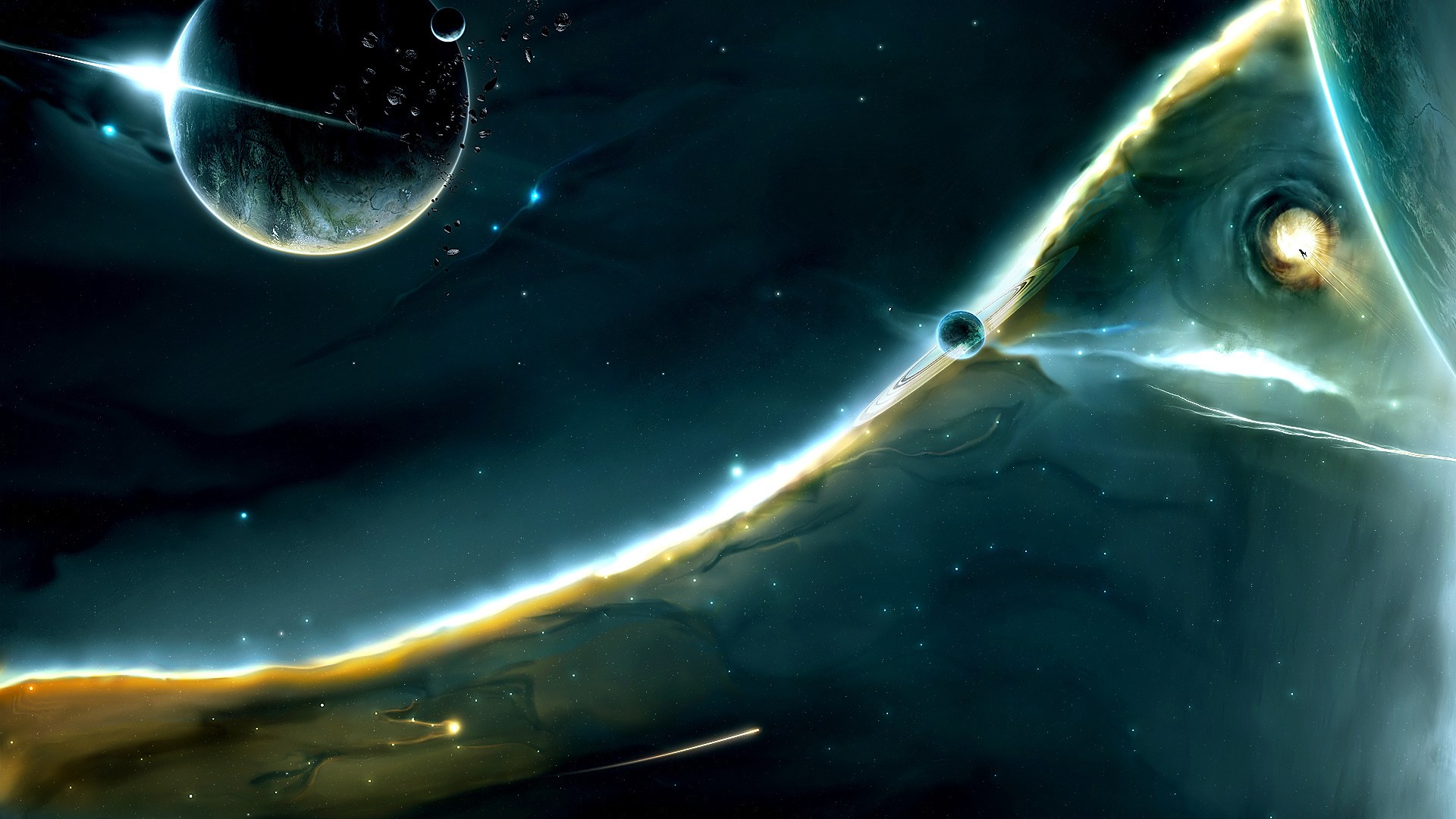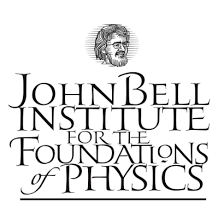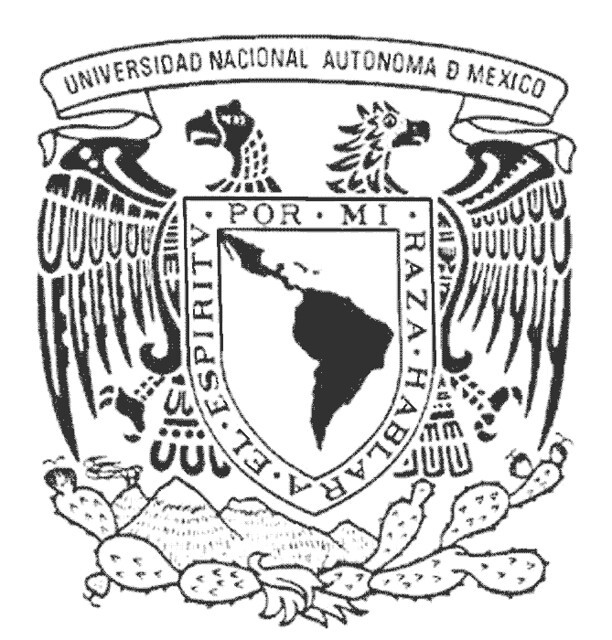Motivation behind the approach I have adopted in my research and the specific lines of inquiry that I have chosen:
The two great pillars that make up the basis of contemporary physics are General Relativity and Quantum Mechanics. Both theories are extremely successful in their respective regimes of application. Nevertheless, if we want a complete fundamental theory of what we understand as nature, we need to incorporate both aspects in a unified way. This has made the search for a quantum theory of gravitation the " Holy Grail " to which several theoretical physicists in recent generations have devoted themselves. The approach that has prevailed in this direction, is what I call the “bottom up inquiry”. In this perspective, one starts by adopting a fundamental theory with the desired characteristics, and devote his/ her time to explore it. Some examples are String Theory, Loop Quantum Gravity, Causal Sets or Causal Dynamical Triangulation. The path leads one to try to find connections with aspects that are usually described in a less fundamental language (i.e. one would take as corresponding to an effective description), and which might allow one to probe their empirical viability and mathematical consistency. Of course, this represents a very reasonable approach, but it requires a lot of confidence that the idea behind the theory one is working with, is the correct one. In contrast, the path we take is based on the so-called “top down inquiry” perspective. The main characteristic of this approach is to search for and to analyze of various aspects in which both gravitation and quantum mechanics play a relevant role, in order to find clues, either empirical or conceptual, about how these two aspects are to be merged into a unified theory.
We consider that this approach is, in some sense, an emulation of the paths followed by Albert Einstein, who, before the formulation of his theories, started by relying on "Thought Experiments" ( the famous Gendakenexprimets), followed by a profound analysis of the conceptual changes that were required in order to formulate self-consistent basic ideas which had the potential to account for the empirical bases of our physical theories (e.g., the notion of inertia, the equivalence of different frames of reference, the principle of equivalence, etc.).
More concretely, this approach has led us to explore different specific problems related to the interface in which the regimes of Gravitation and Quantum Mechanics have clear relevance. The exploration is primarily based on the simultaneous consideration of the two theories that we consider the most robustly established, based on both their mathematical clarity and their empirical successes: Classical General Relativity and Quantum Field Theory (on which underlies the Standard Model of Particle Physics, i.e. the physics of matter). The approach then goes through the so-called, Semi-Classical Gravity, in which the space-time is treated in classical terms ( acknowledging the fact that we do not have at our disposal anything that could at this time be considered as a truly reliable candidate for quantum gravity), and matter in quantum terms (using the Quantum Field Theory in Curved Space-times). It should be clarified here that we do not treat this formulation as a final theory, but just as an approximation that has to have a range of validity to some extent, but certainly that requires important corrections as one gets deeper into the unknown realm where some sort of quantum gravity must prevail. That is to say, we take Semi-Classical Gravity as a starting point to the explorations, which might serve to indicate the modifications required to extend, at least a little, its applicability regime. On the other hand, we consider that we have to do this without ignoring the fundamental problem that afflicts the Quantum Theory, the famous “Measurement Problem” [Check the chapter 3 of Link ] evidenced clearly in the Copenhagen interpretation (although the problem is also present in several other attempts to generate modified quantum interpretations [Link 1, Link 2]). In this sense, the adopted research program has led us to consider studies related to Foundations of Quantum Mechanics, a subject that generally, among physicists, has been considered of “merely philosophical” interest (with a derogatory connotation that we emphatically reject) as a central part of our approach. This has led us to interact intensely with the philosophers of physics and delve into the subject [Check the papers: 76, 77 79, 80, 85, 86, 87, 88, 90, 92, 94, 97, 101 and 108 of the section: Publications]. One of the most important lessons in this regard comes from a work by Tim Maudlin [Link] in which the logical incompatibility of the next three postulates is shown: A) A description of an isolated physical system by its quantum state is complete. B) The evolution of such a system is always dictated by the Schrödinger’s equation. C) Specific experiments lead to specific results (note that nothing is being assumed about whether these results are predictable or not). The different choices of denial of one of these three postulates takes one into the realms of a) “Hidden variables” theories such as de-Broglie-Bohm’s guide wave. b) Modifications to the evolution law that usually involves Dynamical Spontaneous Collapses such as GRW [Link 1, Link 2] or CSL [Link] and finally c) Many Worlds [Link 1] or Many Minds type theories or versions as “Consistent histories theory” (also referred as decoherent histories), that we see as having very serious problems [Link 1, Link 2 ]. In my opinion, the most promising roads correspond to the options a) and b). There are already certain advances in treating these ideas in conjunction with gravitation. The first one is represented by works like [Link 1,Link 2 ] and the second by the works of various groups [Link ][Link ][Link ][Link ][Link ] among which we also find my collaborators’ and myself.
The specific problem to which we have dedicated the greatest amount of effort is the origin of the Cosmic Structure Seeds from quantum fluctuations during the inflationary state of the universe. The point here is, that despite the fact that this paradigm results are remarkably successful in ``accounting" for empirical data, the usual treatment of the subject involves a very unsatisfactory aspect, which is connected with the Measurement Problem of quantum mechanics. The issue (emphasized in [Link]) is that the traditional use of quantum mechanics in this situation does not allow one to provide a satisfactory answer to a fundamental question: if the physical situation at relatively early times of the inflationary epoch is described as something completely homogeneous and isotropic, and as the dynamic does not involve anything that breaks such symmetry, what exactly is then the physical process by which our universe generates the inhomogeneities and anisotropies that characterize its present structure? (galactic clusters, galaxies, stars, planets, etc.) and which we can see reflected in the wonderful images of the Cosmic Microwave Background. This issue is certainly the subject of intense discussions, so that for the benefit of the reader we put at your disposal the most common answers to this dilemma offered by cosmologists, as well as our objections [Link]. On the other hand, and surprisingly, our line of research offers a path to resolve in a rather natural manner [Link 1, Link 2] one of the greatest problems that the basic proposal of the cosmic inflation faces: the tension generated by the predictions regarding the generation of Primordial Gravitational Waves, in parallel with the inhomogeneities and anisotropies in the density [Link], and the lack of detection in the searches of the so-called B modes of polarization of the Cosmic Microwave Radiation [Link].
Another subject to which we have devoted substantial efforts is what is commonly known as the “Paradox of Information,” related to the process of evaporation through Hawking radiation of Black Holes [Link 1, Link 2]. The center of this issue is the supposed conflict between the unitary evolution (that among other things ensures the retro-predictability of the initial state out of the late time state) which is a characteristic of quantum mechanics [Check pp. 68-73 of Link, or else the complement F(III) of Link], and the black hole evaporation process, through thermal radiation, that seems unable to encode the details of the initial state that resulted in the formation of the black hole [Check the section 2 of Link]. Our work in this regard includes a detailed analysis of the conditions and hypothesis required to ensure one would really be facing a paradox [Link], as well as a series of detailed analyses of many related aspects. It also includes a proposal to resolve the problem, based on considered schemes [Link 1, Link 2, Link 3] to deal with the basic conceptual problem of the standard quantum mechanics, namely “The Measurement Problem” [Link ].
Another issue in which we consider these ideas can play an important role include the last origin of the First Law of Thermodynamics, according to the considerations of Roger Penrose [Link ] and others, regarding the characterization of the initial state of the universe. In connection with this, we have considered a plausible dynamical explanation [Link] for what, according to Penrose, would serve as a fundamental postulate of the characteristics of such initial state [Check the book: Link].
More recently we have focused our attention on various aspects related to the Law of Conservation of Energy (both at the global and local levels), characterized, within the General Relativity by the required vanishing of the divergence of the energy-momentum tensor. On one hand, an analysis presented in [Link ] indicates that the most representative proposals of the three paths presented to deal with the Measurement Problem force us, in general, to accept that such a law cannot be completed and absolutely valid. On the other hand, the search for a way to effectively deal with such situations, in the gravitational context, has led us to consider a slightly modified version of the theory of General Relativity, known as Unimodular Gravity [Link 1, Link 2] ( originally considered by A. Einstein himself). In this approach, the violations to the above mentioned conservation law, naturally lead to the generation of contributions to something that behaves, at late times in the cosmic evolution, like a Cosmological Constant (or Dark Energy which, as it is well known, represents about 70% of the energetic content of the universe). In fact, a particular phenomenological approach, motivated by considerations from quantum gravity, leads us to an estimation of such value that coincides in order of magnitude with the empirically observed one [Link ].
More generally, we must note that, with this type of study, we seek to isolate conceptual difficulties, as well as identify possible conflicts with empirical data, which could have origins tied to the problem of the concatenation of treatments based on the two theories, GR and QFT, and which could guide us towards possible paths for their resolution, as well open the general panorama to novel and unexpected questions.




